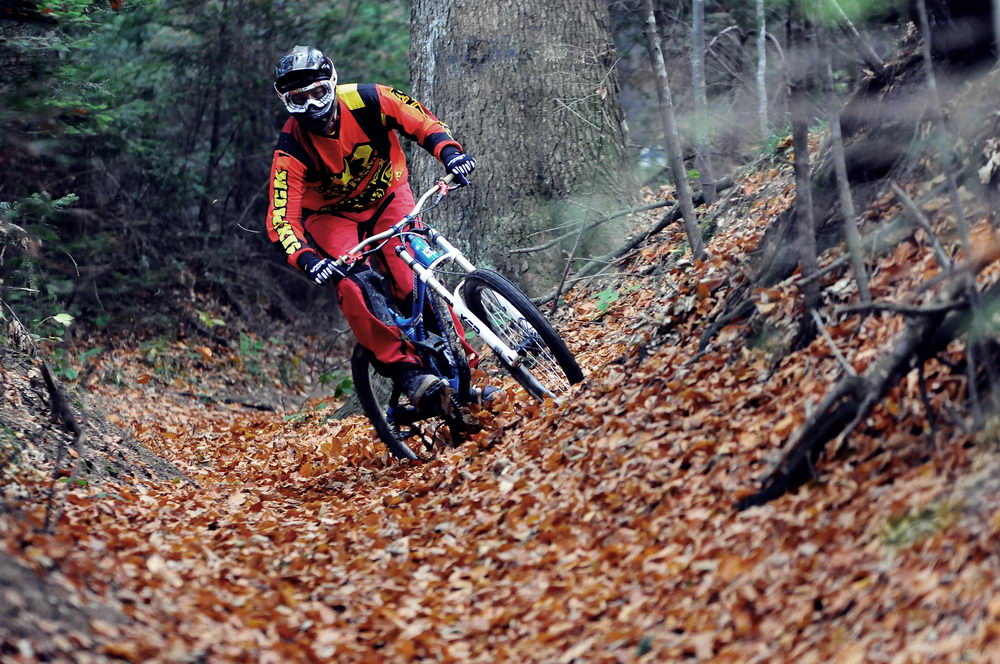 When you are involved in visual storytelling, via TV or motion pictures, those illustrious moving pictures are filled with actors, props and special effects. But after the dialogue is finalized in the script and the lighting and camera equipment are selected, you cannot forget about one of the most vital elements of the production – the location.
When you are involved in visual storytelling, via TV or motion pictures, those illustrious moving pictures are filled with actors, props and special effects. But after the dialogue is finalized in the script and the lighting and camera equipment are selected, you cannot forget about one of the most vital elements of the production – the location.
When you are striving to capture those vivid cinematic moments that will remain imprinted in your audience’s memory forever, sourcing the perfect TV or film locations in advance during your preproduction phase will help alleviate any potential mishaps that could have easily been prevented. [adsenseyu1]
Script Requirements
Start with the script. Is the scene calling for a romantic exotic beach, a creepy haunted house or a luscious green forest? Matching the exact story details to the appropriate setting that you select is integral. The sum of all of your locations is literally the world that your story takes place in. Is there enough visual information in these surroundings to make the audience connect with the on-screen action and believe in the fictional events that are occurring?
Lighting Issues
As you walk around the filming location that you are going to potentially use, consider the available lighting opportunities. If it is a restaurant, is it well-lit with bright lamps and over-head lighting fixtures? Is it a dim location that will require plenty of artificial lighting equipment brought in? Are there enough power outlets to connect your lights to the location? Can your location handle the power wattage that you will be using? If you are outdoors, around what time will you lose adequate sunlight?
Abundant Space
Will your chosen location have enough room to fit a six-man bar room brawl? If that is the primary conflict in the scene, the location has to not only be big enough to hold the key characters, but also any background extras, the cinematographer, director, producers, audio technicians and any lighting crew members as well. If there are any moving camera shots then there may also need to be dolly tacks laid down on the ground to create these mobile shots. By communicating with your production collaborators about what each scene will entail, you will be able to settle upon a filming location large enough to accommodate the props and people that will be on camera and behind it.
Surrounding Elements
What is a normal day like at this location? If it is in close proximity to schools, transportation facilities, businesses or large public gathering arenas then how will outside social noise effect your production’s audio? Will there potentially be a mass amount of onlookers that may become distracting or disruptive? Or vice-verse, will your production become a disruption to local citizens in the area, causing problematic conflict to occur? How will the suspected weather conditions and temperatures effect your production? Get an understanding of the local climate for that area during the times that you are set to shoot. Also, is crime a big issue in that area? Especially for night shoots, you will want to be in a location that is as safe as possible.
[adsenseyu1]
Available Power
Aside from packing the appropriate amount of batteries for camera equipment and lighting accessories, you will need to be aware of available power that your location provides. Will you have access to the circuit breaker at your indoor location in case there is a sudden power outrage? You will need to know the total amount of wattage that your production’s equipment will need to utilize if it is being plugged into a power outlet. Will you be needing a power generator for outdoor shoots? This is especially important if you are out in the middle of a desert landscape or natural habitat.
People Friendly
Any TV program or movie production consists of a cast and crew, and people’s needs must be taken into consideration when selecting an appropriate shooting location. Does your location have sufficient parking opportunities available for cars, trucks and equipment vans? Are there bathroom facilities nearby? Just how far will everyone need to travel in order to get to and from a hotel during production? Is there a strong enough cell phone reception? Is there enough room for a craft service table or catering truck to feed everyone? Is there even enough room for people to eat for lunch and dinner breaks?
Get Permission
This last bit of advice for sourcing the perfect TV or film locations may appear obvious, but if you don’t secure the necessary permission in advance to shoot at your location, you may find yourself suddenly being forced to leave. Time is money in the entertainment business. If you lose even one day on a movie shoot, everyone still has to get paid and you still have to pay them again to make up for that lost time.
Location Library as a Source
Finally if you are pushed for time trying to locate a specific location, try using a location library. Location libraries typically have thousands of locations on their books, from apartments, houses, industrial properties and even the more quirkier properties. One of the larger know libraries is SHOOTFACTORY location agency, who cover international and UK locations. Worth a look when the director needs a new location. Happy scouting !




